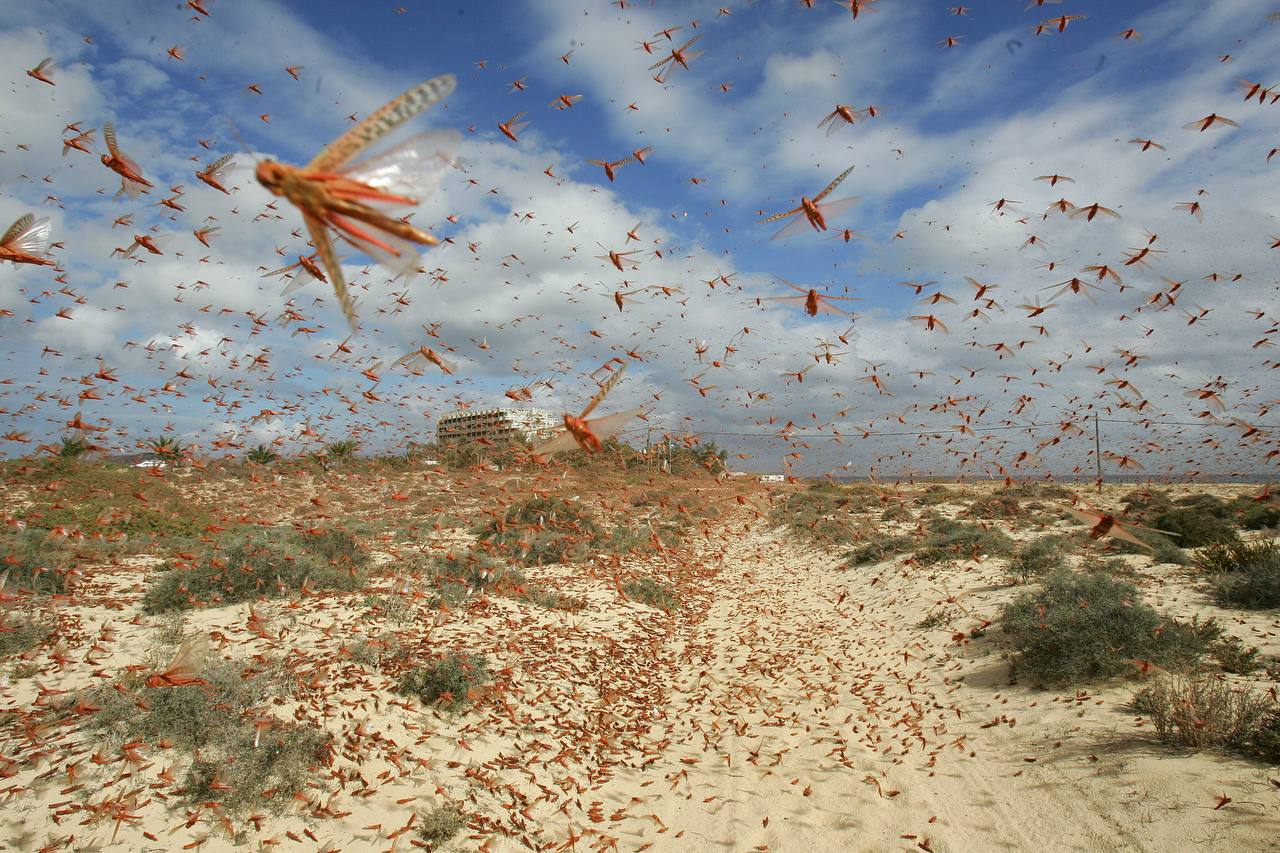In a move to combat a massive locust invasion, Kazakhstan has deployed four aircraft alongside 70 land vehicles to tackle the rapidly spreading threat.
This extensive operation follows the discovery of locusts on more than 50,000 hectares within the Turkestan region, part of the 260,000 hectares cleared so far this year.

"We have never faced such a large number of locust invasions as this year, and we are underestimating the consequences of its possible spread," stated Serik Zhumangarin, Deputy Prime Minister of Kazakhstan.
Kazakhstan's proactive measures involve both aerial and ground-based countermeasures. The combined use of aircraft and land vehicles aims to swiftly contain and reduce the locust population before it causes extensive agricultural damage.
The Food and Agriculture Organization of the United Nations (FAO) has reported that as of April 2024, Moroccan Locust hatching and development have been observed across all Caucasus and Central Asia (CCA) countries.
In southern Kazakhstan, Italian Locusts began hatching by late April, while Migratory Locusts were noted in Russia's Krasnodar region. Overall, CCA countries have treated 335,094 hectares since the start of the 2024 campaign, marking a 17% increase from the same period in 2023.
Neighboring Uzbekistan is also bracing for a potential locust crisis, particularly in the Romitan district near Gazli along the A-380 "Bukhara-Khorazm" highway.
The threat from locusts and grasshoppers is a major concern for agriculture in Uzbekistan and across Central Asia. The region is particularly vulnerable to three species: the Moroccan, Italian, and Migratory locusts.
Follow Daryo's official Instagram and Twitter pages to keep current on world news.
Comments (0)